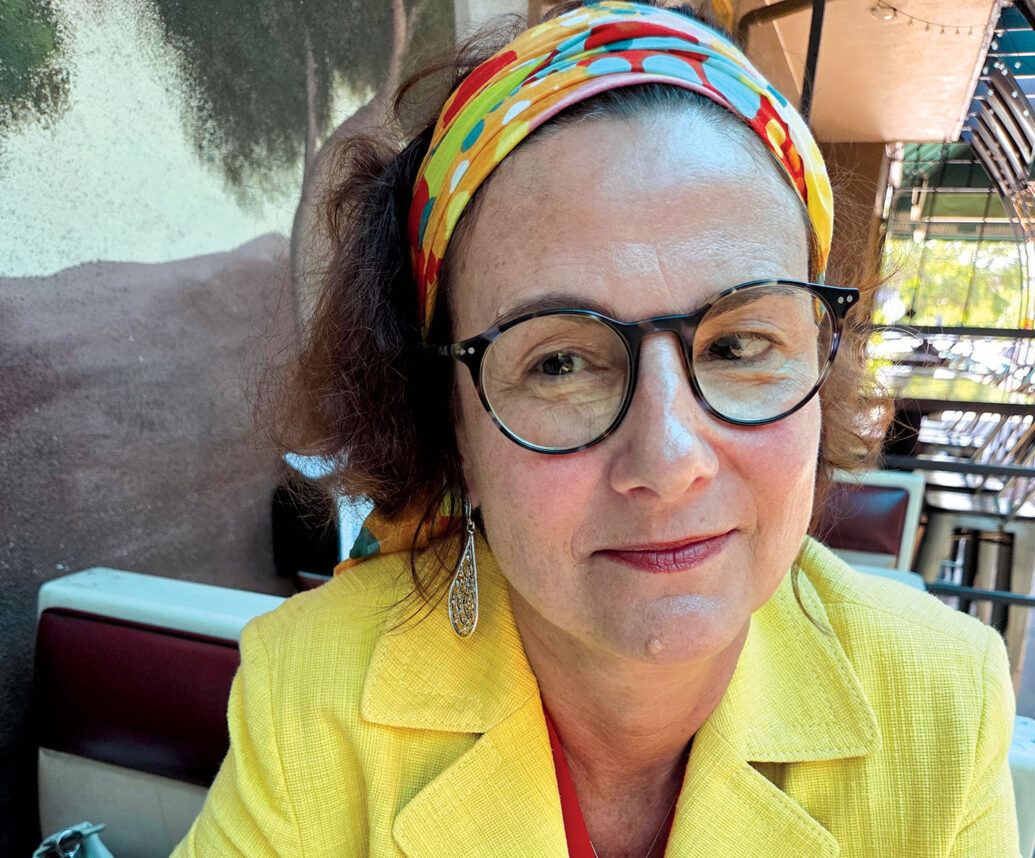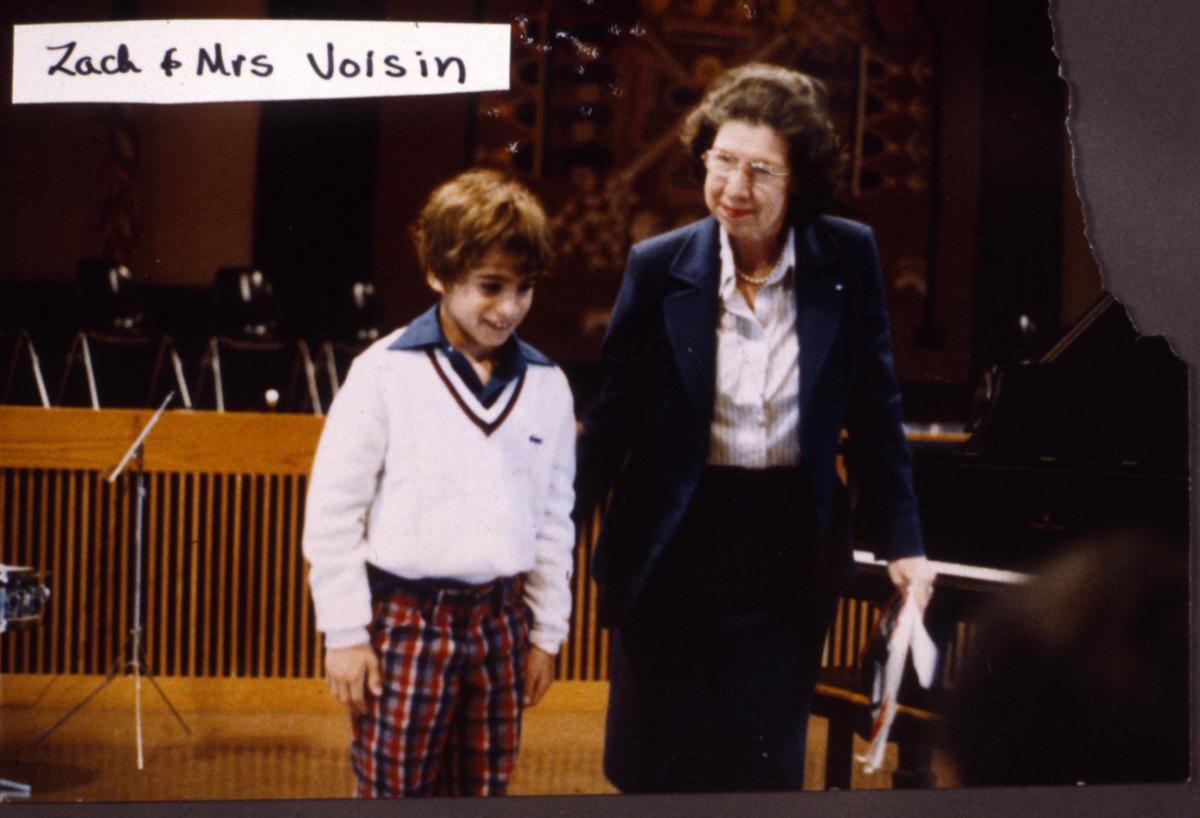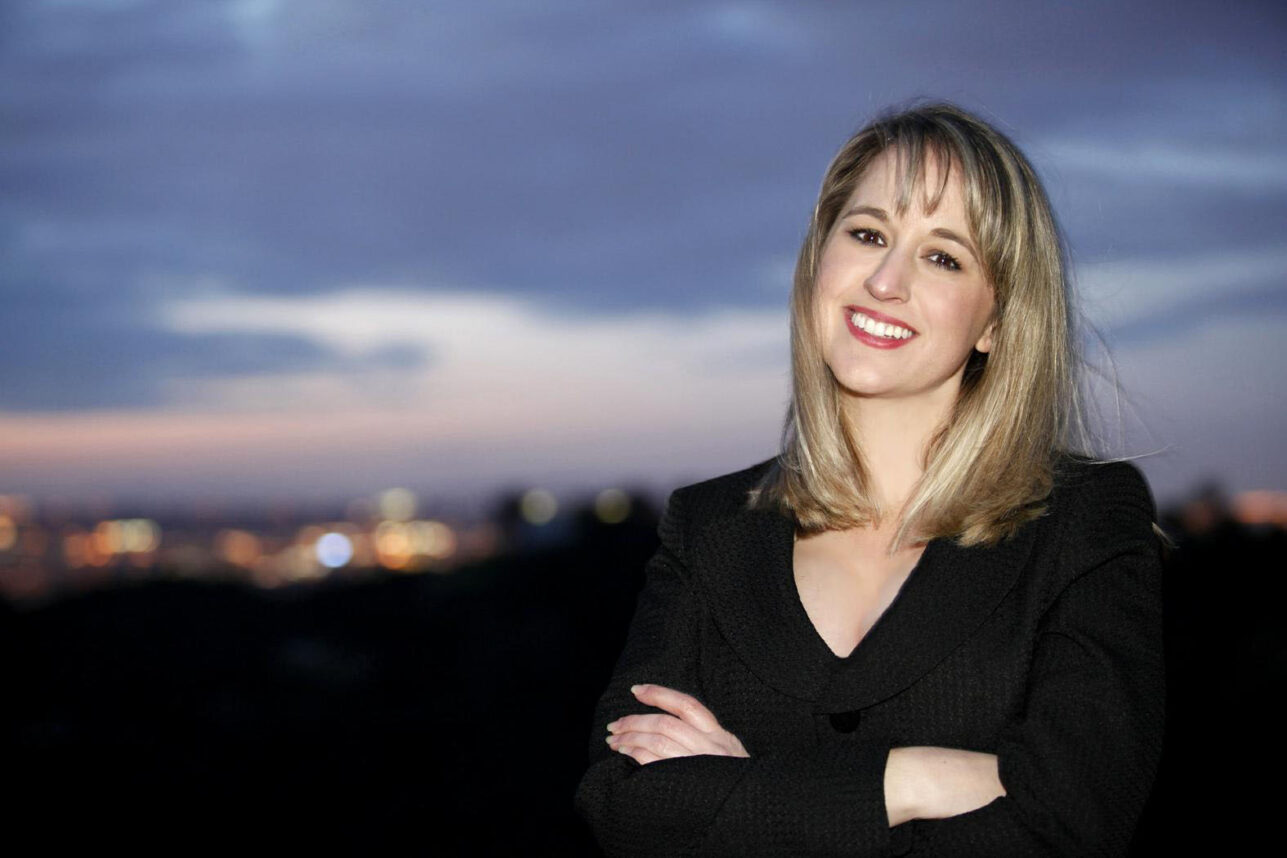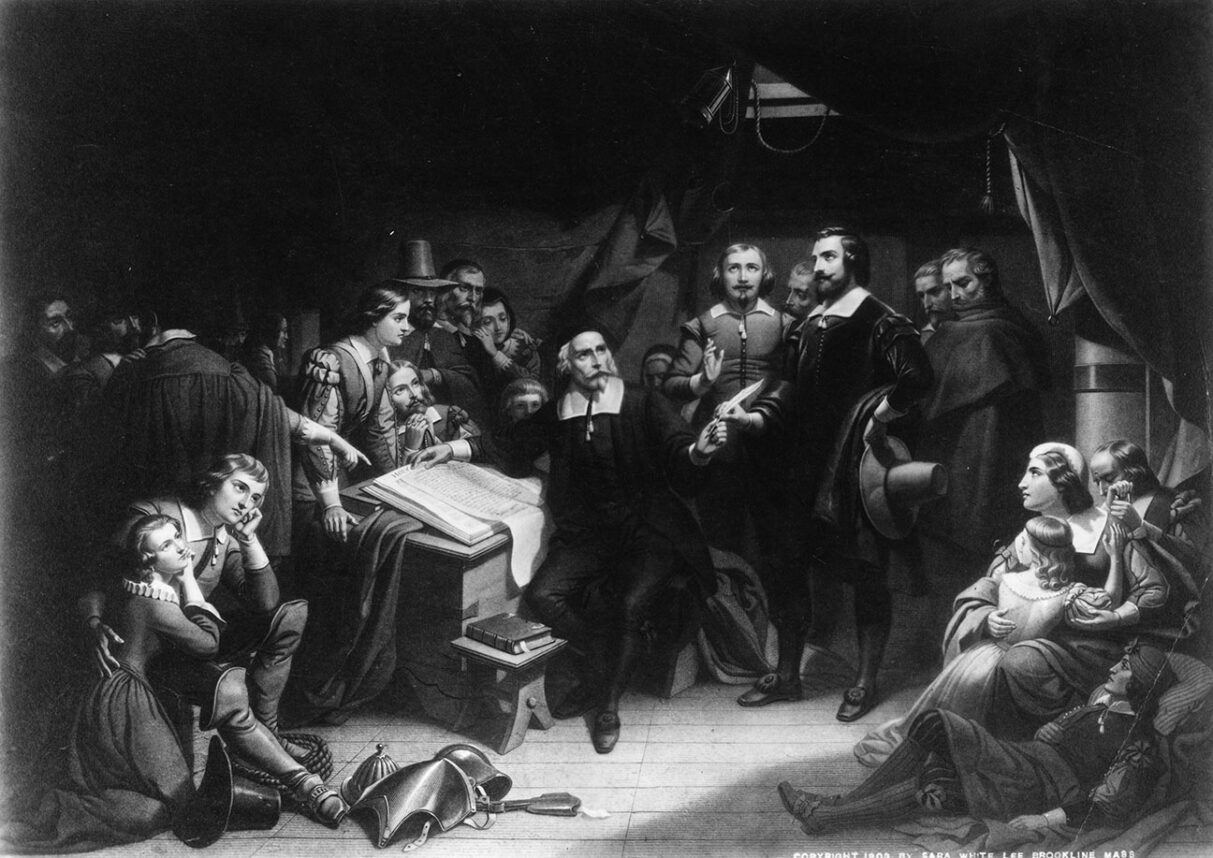
When we learn about the Holocaust, we often hear stories about the evils committed by individuals and groups belonging to institutions of what we perceive to be of the highest moral order.
Ancient Greek physician Hippocrates instructed physicians, “First, do no harm.” Millions of doctors around the world sworn to uphold its principles in the Hippocratic Oath carry that directive in their hearts. However, infamous Nazi physician Josef Mengele and his colleagues at Auschwitz did not follow these principles. Instead, they used their advanced medical skills to conduct horrific human experiments and maximize human pain through torture and murder.
Science has tremendous virtue. Individuals in the hard sciences have touched the lives of billions, helping the human race live more healthy, fruitful lives through scientific discoveries and advancement. But Nazi scientist and chemist by trade Bruno Tesch invented the gas Zyklon B, which originally was used as a pesticide, and weaponized it for the explicit purpose of exterminating human beings. Some 3 million victims of the Holocaust died from exposure to Zyklon B. The Nazis enlisted willing scientists and used their inquiring minds to find ways to supplement and advance genocide.
Architecture embodies the spirit of innovation and design. “Architecture is my delight, and putting up and pulling down, one of my favorite amusements,” Thomas Jefferson, who has been described as the “father of” American architecture, commented on his passion. Architects are both creative and extremely technical. Their problem-solving skills have been utilized to overcome incredible challenges. Architects, too, can use this skill set to commit unspeakable evil.
Nazi architects used their hybrid abilities of crafting innovative plans and ensuring technical perfection to assist in the Holocaust. Without the murderous innovations Nazi architects created and refined, the Nazis would never have been able to design and advance the world’s most ruthless killing machine, the concentration camp, and use it in an attempt to exterminate the Jewish race. The Holocaust took the lives of 6 million Jews. Without architects, that number undoubtedly would have been far fewer. The sad truth remains that at the time of Nazi rule, no group within German society was short of individuals more than willing to use their skill set to advance Nazi causes.
In 1993, Emory University professor Deborah Lipstadt wrote “Denying the Holocaust: The Growing Assault on Truth and Memory.” The no-holds-barred exposé tackled what Lipstadt identified as the key motives behind Holocaust denial. She determined that the world’s high-profile Holocaust deniers largely are a mixture of anti-Semites and second-rate pseudo-historians. Three years later, infamous British Holocaust denier, racist and anti-Semite David Irving, whom Lipstadt named in the book as a Holocaust denier, sued Lipstadt and her publisher for libel, claiming the label was false and his reputation as a legitimate historian had suffered as a result.
In the English courts system, public figures such as Irving receive much more robust protection from open, public scrutiny than in the American system. On top of that, libel laws benefit the person bringing the case. In U.S. courts, the burden of proof lies with the plaintiff. But in the U.K., the burden of proof lies with the defendant.
One of Irving’s key contentions was that there were no mass-extermination gas chambers at Auschwitz — where more than 1 million Jews were killed — or any other death camps. He said it was a giant Jewish deception, adding there were “logistical and architectural impossibilities” for such a high casualty toll. Irving claimed the gas chambers were not killing machines, but merely used to spray for pesticides.
During the winter of 1945, as the Nazi war effort was crumbling, SS chief Heinrich Himmler ordered his troops to bomb the gas chambers and crematoria at Auschwitz. Before fully abandoning Auschwitz, the Nazis did their best to rapidly dismantle and destroy the evidence of their crimes against humanity. Holocaust deniers, ignoring thousands of witness testimonies about the horrific brutality at Auschwitz, often have pointed to the lack of clear physical structures at the concentration camp.
To succeed in defending Lipstadt from the lawsuit, her legal team had to provide definitive proof the Holocaust did happen. Luckily, the Nazis ultimately were unsuccessful in covering up their crimes. Throughout the years, independent investigators have pieced together blueprints, photographs and other pieces of evidence to back up witness testimonies about the Holocaust, leading to a definitive understanding of the largest genocide in human history.
The exhibits in “The Evidence Room,” currently on display at the Hirshhorn Museum in Washington, D.C., largely are based on architectural designs that were brought to light during that landmark 2000 case, Irving v. Penguin Books and Deborah Lipstadt. Historian Robert Jan van Pelt, who testified as an expert witness during the case, had in his possession a series of letters and blueprints that displayed the formation and continuing improvement of these architectural killing machines.
“The Evidence Room” installation originally was commissioned for the 15th Venice Architecture Biennale in 2016. A team from the School of Architecture at the University of Waterloo in Canada designed and built the project. Van Pelt and a handful of professional architects led the team.
“It is a profound experience for all of us,” van Pelt said in a statement upon its original commission, “and, in design terms, a radical, unprecedented investigation into the possibility to represent something unrepresentable: the architectural evidence of a factory of death.”
“The Evidence Room” features three architectural reconstructions of the Auschwitz concentration camp in Nazi-occupied Poland.
The Door
Nazi architects designed the entrance to the gas chamber with two goals: maximum “security” and maximum killing speed and efficiency. The door to the gas chambers simultaneously acted as an impenetrable jail cell and as a key component of a rapid extermination machine.
The gas-tight door was modified so it opened out, rather than in, so guards could more efficiently retrieve corpses. A latch further reinforced the door. The door had a peephole so guards could observe the swift deaths of everyone inside. The victims’ side of the door was fitted with a mesh wiring surrounding the peephole to prevent prisoners from attempting to break the glass.
The Wall Hatch and Ladder
This system was designed so guards could lob Zyklon B, the human-killing pesticide, into aboveground gas chambers. Nazi troops would climb a ladder and toss gas cannisters into an open hatch, leaving locked-in victims with nowhere to go. This type of killing machine could take out an estimated 1,000 innocent lives per day.
The Gas Column
Architects designed the floor-to-ceiling column to double the killing speed of the ladder system. The column system allowed Nazis to lower Zyklon B through an airtight hatch, then remove the gas cannisters in an expedited manner, freeing up the gas chambers for more rounds of extermination. Nazis used the gas column to kill as many as 2,000 people at once.
In addition to the three constructions, the white walls are lined with blueprints and letters of correspondence between Nazi architects.
I visited “The Evidence Room” on the day it opened. Why did a memorial to the Holocaust end up at the Hirshhorn and not, say, a Jewish museum or a Holocaust museum?
“‘The Evidence Room’ reaches even beyond those particular connections. Of course, it is a Holocaust memorial. But at the same time, it’s unlike any other Holocaust memorial,” Alan Ginsberg, executive director of The Evidence Room Foundation, told the Journal. Ginsberg’s foundation is responsible for owning, maintaining and exhibiting the artwork.
“In Washington, D.C., it’s at the National Museum of the Contemporary Arts of the United States. It’s architecture, it’s history, and it’s contemporary art,” he said. “That decision was deliberate. It was not an accident. It brings the exhibition to a much bigger, much different audience. It’s, of course, about the Holocaust, but it’s more than that. And the Hirshhorn is absolutely the perfect venue for this, for its debut in the United States.”
In an exhibition-accompanying book of the same name, contributor Anne Bordeleau, one of the four principles behind the project (and a registered architect), discusses the potential effect the all-white exhibition at the Hirshhorn museum will have on visitors.
“The room asks for a pause, questioning our relation to time and history,” Bordeleau wrote. “It offers a significant gap in time that for a split second might disrupt our obsession with the now and the future. It does not explain, nor elucidate. It merely poses a question that comes to its fullest answer when one effectively experiences the casts in their mute, fragile, ghostly, and yet indubitable presence.”
“The Evidence Room is a visual testament to the truth of the Holocaust,” reads a plaque at the entrance of the exhibition. “The Evidence Room serves as a space for contemplating and remembering the horrors of the past so that the testimony of Holocaust survivors will not die with them.”
Political pundits and university academics often claim we live in a “post-truth” world; that nothing can be entirely ruled out; that everything should be placed in a gray area. With that standard, Holocaust denial cannot be ruled out. With that standard, sitting members of Congress, without batting an eyelash, can forcefully declare there are concentration camps near the U.S. southern border akin to those Nazi Germany used to kill six million Jews.
“The Evidence Room” reminds us that objective realities remain part of this world. It also is a testament to how forensics and a worthy investigative effort can uncover undeniable truths. There are many gray areas in our society, and some issues rife for a worthy debate and discovery. But just as one cannot deny the laws of thermodynamics, the same truths apply to the realities of the Holocaust.
“It has much more universal context. There are some things that are simply irrefutable. We live in this world of postmodernism, subjectivism, relativism and, of course, there’s value in interpretation. But it can be taken to an irrational extreme,” Ginsberg said. “There’s a universal essence of this work of art. Some events absolutely happened. Some things are just objective truths. If you say this didn’t happen, that’s not your opinion. That’s just wrong.
“It’s very disorienting, this discourse that we have culturally today, to suggest that almost nothing is real, that everything is subjective,” he added. “I think it’s time to tilt the swing a little bit back, to temper this subjectivism with reality.”
“The Evidence Room” is on display through Sept. 8.
Jordan Schachtel is a national security analyst and investigative journalist. He is an advisory board member of the Gross Family Center for the Study of Anti-semitism and the Holocaust. He can be reached on Twitter @JordanSchachtel



































